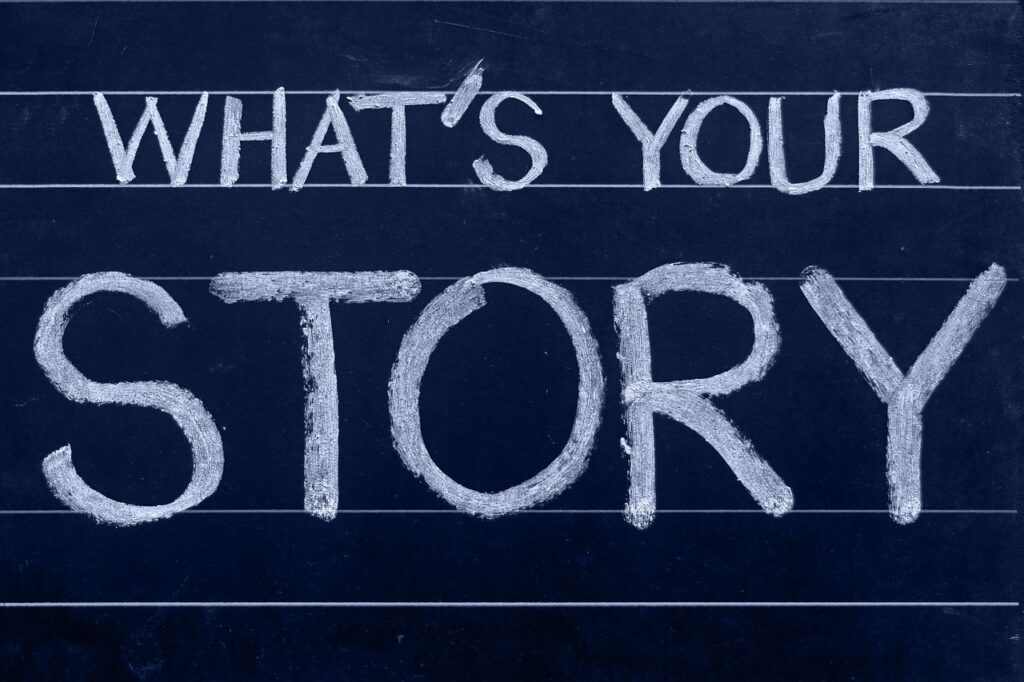
Develop a MVP of proposed learning asset(s) at each phase of a learning project.
An MVP, or Minimum Viable Product, in the context of design thinking, refers to the most basic interpretation of a concept, a prototype that includes one or more of the basic features you ultimately want the target audience to experience. The goal of an MVP is to test, validate, and iterate on a product concept as it evolves with minimal investment of resources and time dedicated. One of the core principles of design thinking is a user-centered approach to problem-solving that encourages rapid prototyping and feedback gathering from people in the target audience.
When designing learning experiences, clearly define the concrete outputs expected at each phase of the project. Regardless of whether you are developing using an agile or waterfall approach, if there is no MVP at the end of each phase, you are most likely not iterating and refining messaging, you are still defining messaging.
Each phase of the project should produce a concrete output and get us one step closer to delivering clear messaging and facilitating engaging learning experiences:
- You may start with a whiteboard session to enable stakeholders to brainstorm a running list of behaviors, actions, and mindsets they think we need to start, stop, and continue related to specified work processes. This conversation should happen in the needs analysis phase – well before we propose specific learning or performance support interventions. The answer should make a clear case for the value we are expecting to add from the additional support and provide context for the story we will ultimately need to communicate to have any hope of changing minds and behaviors of people within the target audience.
- Next, the running list of behaviors, actions, and mindsets might evolve into a simple outline of topics that relate to the ideas originally contributed as a few words or phrases on various post-it notes. The outline format should begin to provide a more detailed structure that enables us to start identifying learning objectives (what people need to know) and performance objectives (how people are expected to apply what they know).
- The outline from the previous phase might evolve into a presentation format with the messaging reinforced with a few graphics that help bring the story to life. This iteration should make it clearer what the story is (the overarching narrative account of relevant circumstances), how different characters (functional roles in your target audience and external client roles) are involved in the story, and why the storylines (topics, setting, point of view) matter.
- The presentation from the previous phase might evolve into a storyboard that includes activities that enable engagement from the target audience. Now the desired learning experience and how we expect participants to engage with the learning and performance support should be becoming clearer.
As we proceed through this iterative process, the objective is to facilitate one or more experiences that help bring the messaging embedded in the story to life. When the audience can see themselves in one or more of the characters portrayed, the message is likely to resonate more deeply, resulting in inspiring and cultivating different behaviors, actions and mindsets that ultimately result in better performance.
Be aware: There is a distinct difference in the iteration of a learning asset or experience compared to the development of the core messaging. If the core messaging is in early stages of development and it is evolving as it is being positioned and socialized within the organization, that will adversely impact the project timeline significantly. It’s important that we acknowledge this is happening early in the project life cycle. In this situation, your subject matter experts may be defining a new way of working and communicating messaging around significant change management. That process should not be rushed, however only a limited number of learning and development personnel resources should be dedicated to a project while the story you are trying to tell is still being defined. Add more resources when you are ready to begin designing the experience you want your audience to have.
To optimize an agile development approach, commit to staying laser focused on amplifying authentic concerns you hear from individuals in your target audience.
If the needs of your target audience are not loud and clear, you will find yourself designing and developing learning resources and experiences that don’t answer questions, solve problems, or address very real performance challenges people in the target audience experience every day.
Tweet
